Us humans are smug bastards. We think we have developed nuclear weapons, triggered climate change, and now we get to ponder over how we can "Save the planet". The truth is, sure, we have the power to destroy most of humanity and several species along with it, but our combined might will barely make a dent on the planet itself.
Tsar Bomba
To this day, the Tsar Bomba remains the greatest explosion of energy ever triggered by humankind.
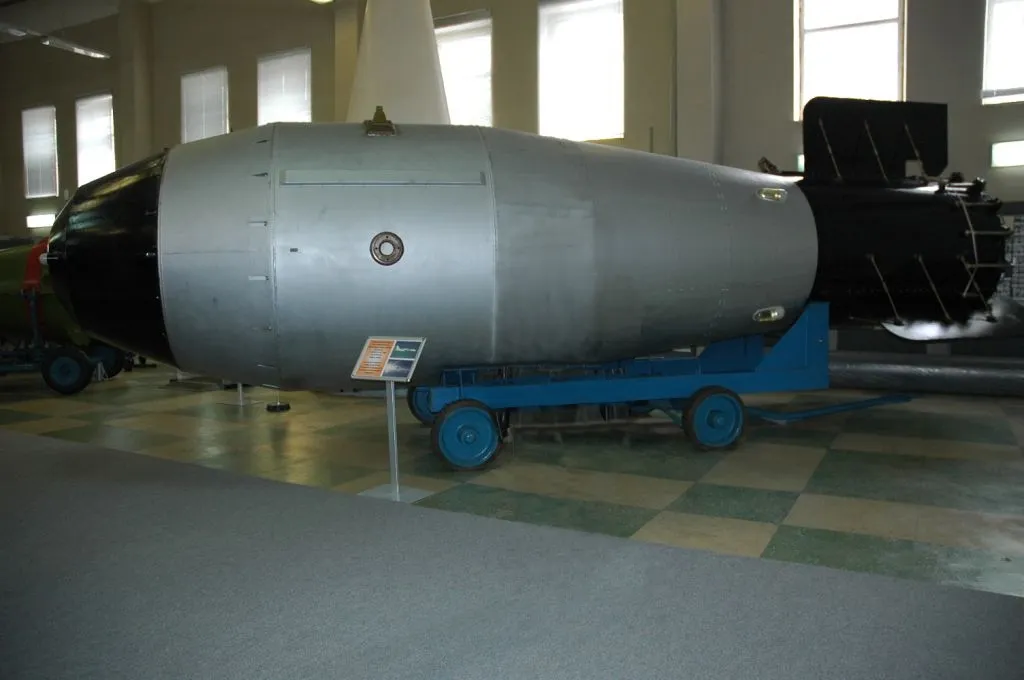
Some perspective first. Fat Man and Little Boy remain the most devastating weapons ever deployed in war. It's far to say that they were true town killers. They topped out with an explosion of 21 kilotons of TNT.
The Tsar Bomba? 57,000 kilotons. Yes, over 2,500 more explosive! The Tsar Bomba could wipe out the entire New York City. Shockwaves will be felt all the way down to Florida.
But will it destroy the planet? Not even a scratch. So what if all 16,000 nuclear warheads were deployed at once? Would that kill most humans? Possibly. Would there really be a nuclear winter? Possibly. But it'll clear away within years. Totally insignificant for a planet that has survived 4.5 billion years.
Supervolcano
Earthquakes and tsunamis can be devastating, but supervolcanoes remain the mother of all geological events. A supervolcano is one that expels over 1,000 km3 of volcanic ejecta into the atmosphere. The most violent volcanic explosion of recent times was Mount St. Helens. Think that is massive? Supervolcanoes are thousands of times more explosive!
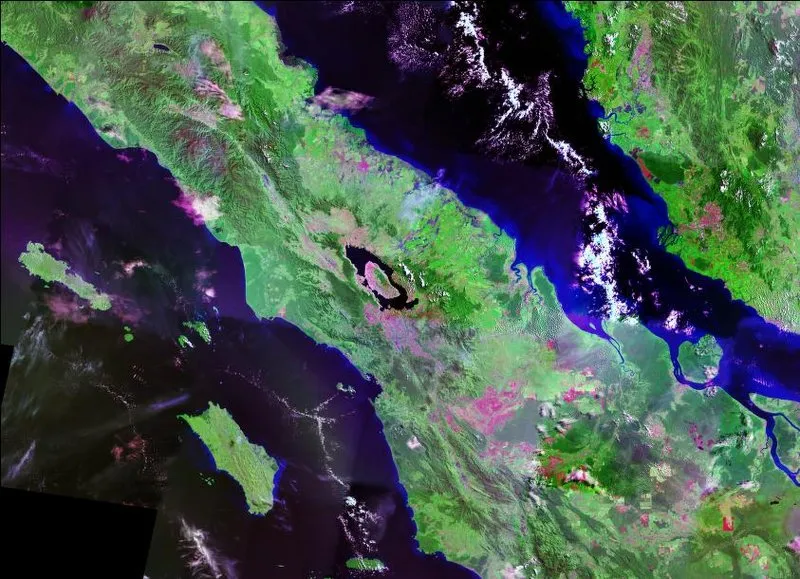
75,000 years ago, Lake Toba exploded with the ferocity of thousands of Tsar Bombas! Indeed, it created a crater that's easily visible from space.
But the real destruction is caused not by the eruption itself, but the ejecta. Toba ejected 2,800 km3 of volcanic ash, which blacked out the skies for years. This led to a decade long volcanic winter and a mini ice age that took 1,000 years to recover.
There's a genetic bottleneck for humans around the same time as the Toba eruption. While some hypotheses have suggested nearly all humans around the time died, and the species survived by the skin of its teeth, recent findings reveal that to be largely an exaggeration. Still, it did affect the ecosystem severely.
Yellowstone is due for one such supervolcano any time now. Were it to erupt, it'd destroy the entire western coast of the USA, while most of North America would have to evacuate. It'll be an epidemic that could kill a majority of the human population.
Clathrate gun
To be clear, clathrate gun is an untested hypothesis. That said, this could be the deadliest of environmental catastrophes. Methane clathrate is water ice that has trapped large amounts of methane. Methane is a deadly greenhouse gas, dozens of times more potent than Carbon Dioxide.
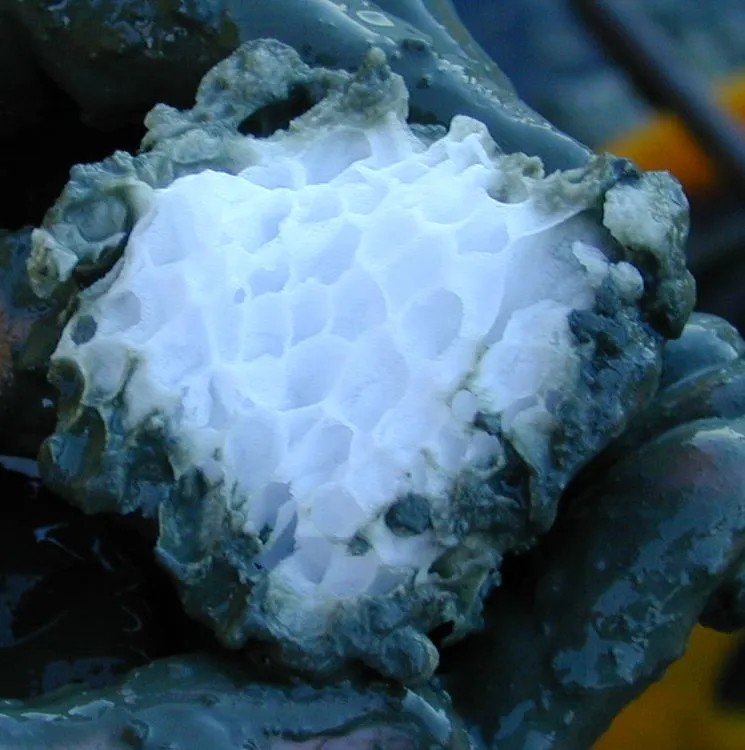
A rise in oceanic temperatures could melt away methane clathrates almost overnight, releasing dozens of gigatons of methane into the atmosphere. This could lead to atmospheric methane content increase by an order of magnitude, with a catastrophic temperature rise of 6 degrees C within a human lifetime.
This would pretty much trigger a mass extinction event and more than 90% of all species will go extinct. The human population would be severely reduced, though some humans might just survive.
The planet itself, however, will live on.
Impact event
During the early years of the Solar system, the Earth was bombarded by massive objects. Some even planet sized, one of which is hypothesized to have led to the formation of the moon. To be sure, these are true planet destroying events. Though, more accurately, they are planet forming events.
Earth experienced a barrage of massive impacts during the Late Heavy Bombardment period about 4 billion years ago. However, once the Solar System and Earth's neighbourhood stabilized, massive impact events have been extremely rare. The chance of a planet sized object hitting Earth now is negligible, as it will form an orbit of its own around the Sun.
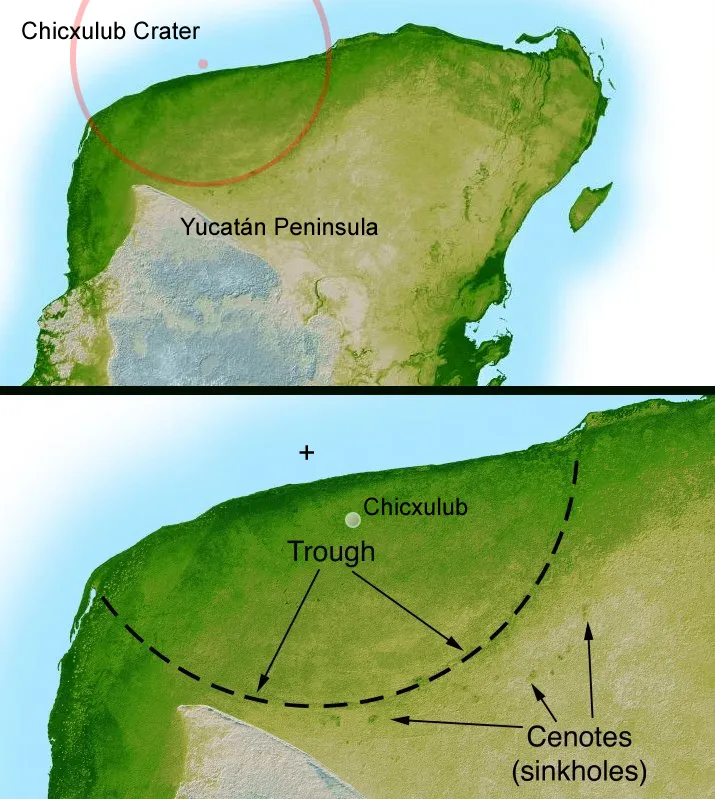
The largest impact event post-LHB is the Chicxulub impact, better known as the impactor that killed the dinosaurs. Indeed, it played a significant part in the K-T extinction event about 65 million years ago, completely disrupting Earth's geological, chemical and thus biological ecosystem.
The Chicxulub impact is an explosion worth millions of times of Tsar Bombas!
Finally, the Earth experiences a scratch. But 'tis just a scratch!
Sun goes Red Giant
Approximately 5 billion years from now, the Sun will exit the Main Sequence and start its long journey to becoming a Red Giant. The Sun's volume will increase millions of times.
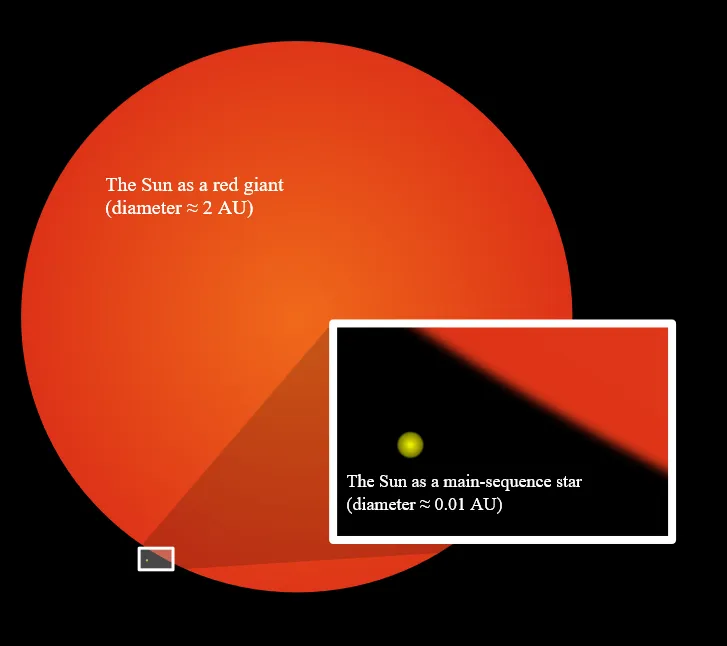
Around 5.5 billion years from now, Earth will be well and truly toast. There would be no water and it's easy to imagine there'll be no life of any kind. It'll be a hellish inferno.
Eventually, the red giant Sun might just devour the entire planet whole! Or what's remaining of it. So, there you go - a true Planet Destroyer.
Death Star
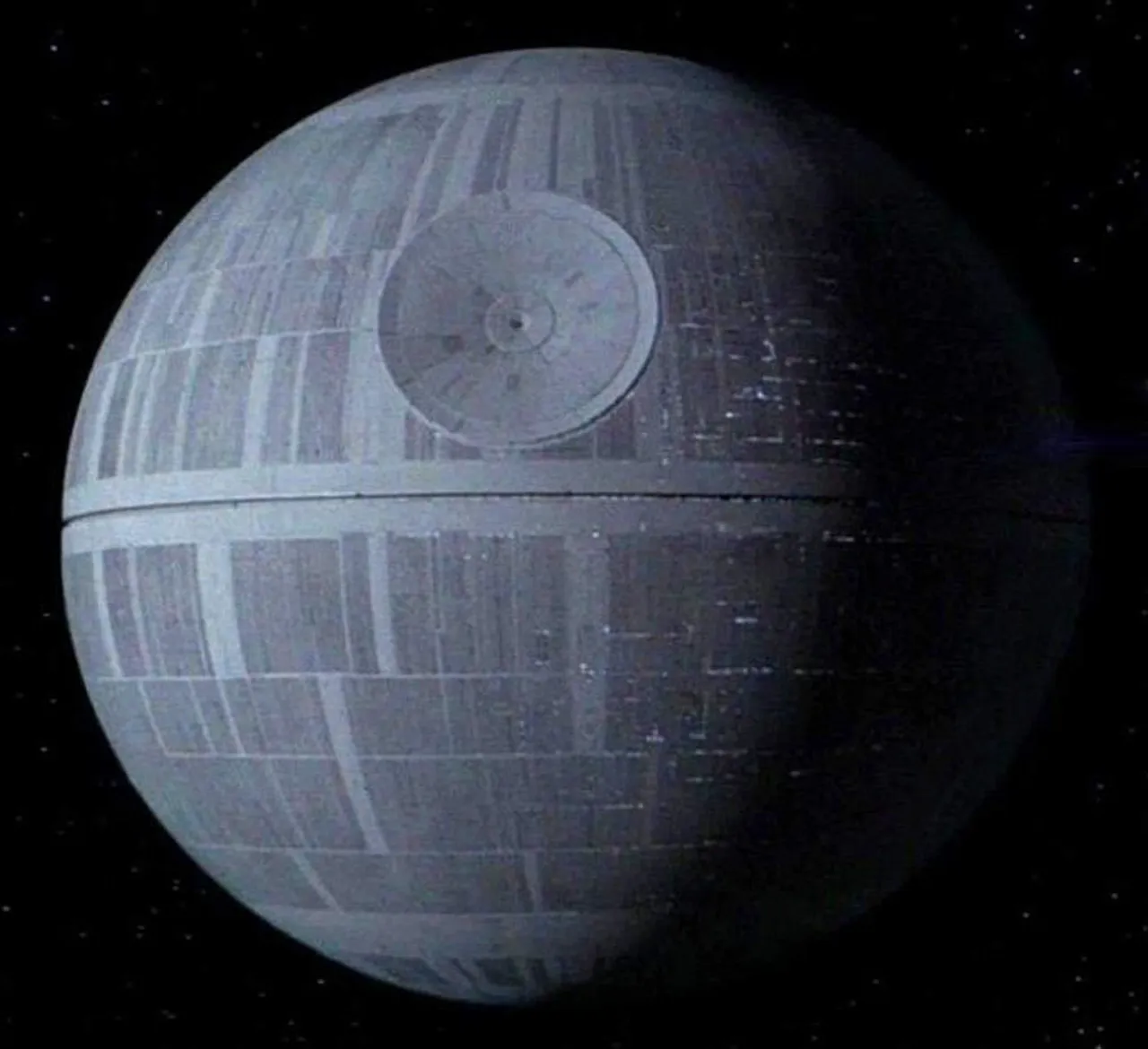
Yeah, this one wins.
Further reading -
http://www.atomicheritage.org/history/tsar-bomba
http://www.nuclearweaponarchive.org/Russia/TsarBomba.html
http://planetextinction.com/planet_extinction_clathrates.htm
http://www.ogj.com/articles/print/volume-96/issue-19/in-this-issue/exploration/hydrates-contain-vast-store-of-world-gas-resources.html
http://geology.gsapubs.org/content/31/9/741
https://web.archive.org/web/20071128093102/http://www.geosc.psu.edu/people/faculty/personalpages/tbralower/Braloweretal1998.pdf
http://www.spiegel.de/international/world/0,1518,547976,00.html
http://news.nationalgeographic.com/news/2005/04/0415_050418_chicxulub.html
https://books.google.com/books?id=tSIa0VQn1NQC&pg=PA140
http://www.atlasoftheuniverse.com/hr.html
Stickyminds.com
Images from Wikimedia.